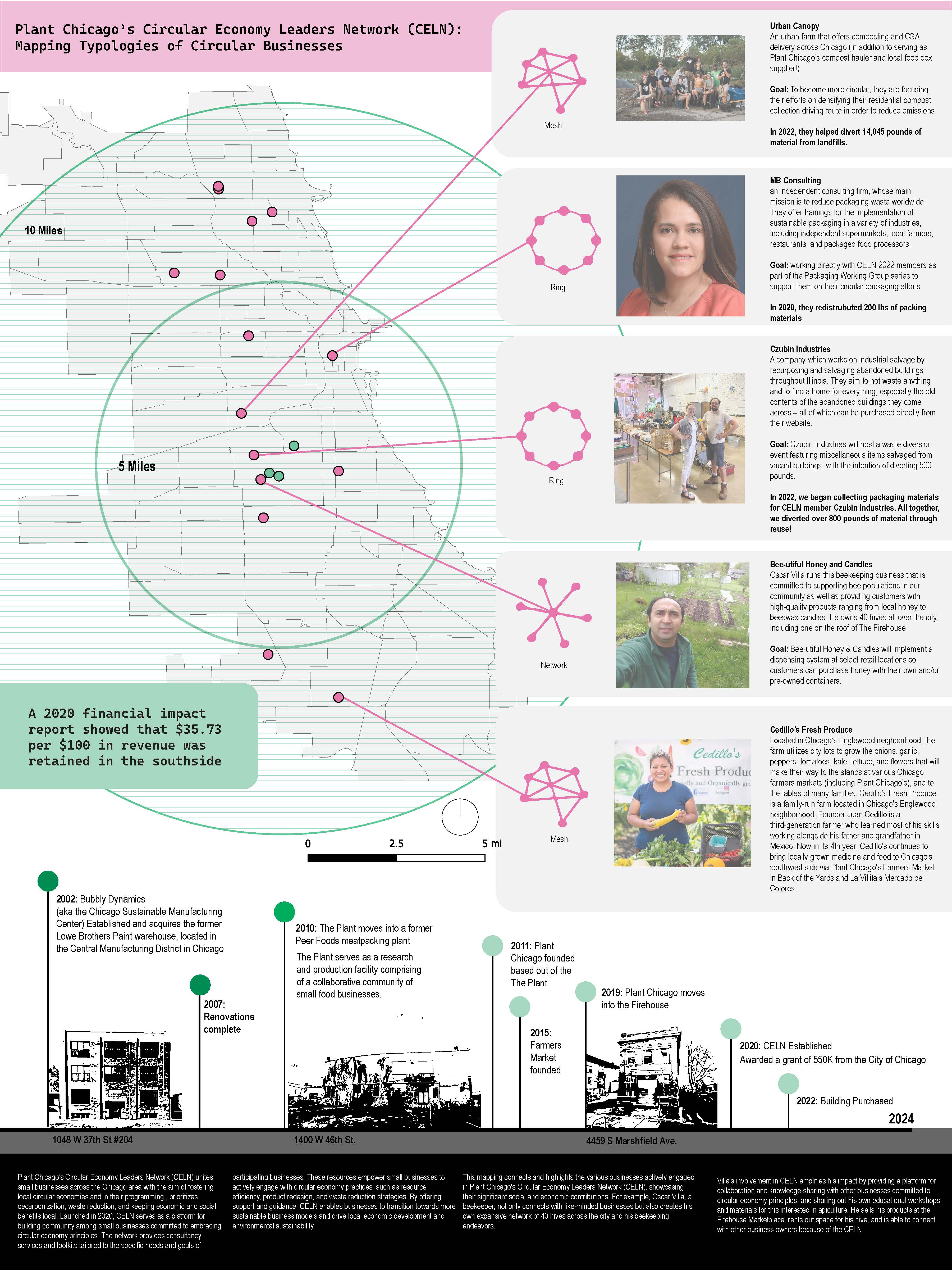Project 2 involved the documentation and analysis of an innovative case study that reframes and reutilizes waste materials, deindustrial landscapes, airport landscapes, and industrial structures and landscapes as opportunities through creative acts of reuse. These case studies became direct insights into design strategies that can be practiced on small or large scales to repair our relationship to waste, and examples of the potential for a community-based circular economy as approaches to repairing waste relations. Similar to the first project, students were tasked with graphically synthesizing the layers of components and processes that support the waste material reuse network. Again, findings were shared at the end of the project.
Lessons from Case Studies include:
-
Think “deconstruction” rather than “demolition”
-
Balance the physical (formal) structures with programming; how do you balance structured with unstructured uses and programs? Consider the visible and invisible, as well as the social structures required to make open-ended design successful longer term.
-
Consider existing communities and local [circular] economies; consider existing relationships
-
Consider the (re)activation of spaces
-
Formal inspiration; keep the existing history, infrastructure, buildings, footprints; find a balance between what to preserve and what to change
-
Consider a civic engagement process as part of your project proposal (Tempelhofen)
-
Consider open and green space, habitat and restoration, and how airfields are a unique ecology
Xuhui Runway Park / Chanel Chang
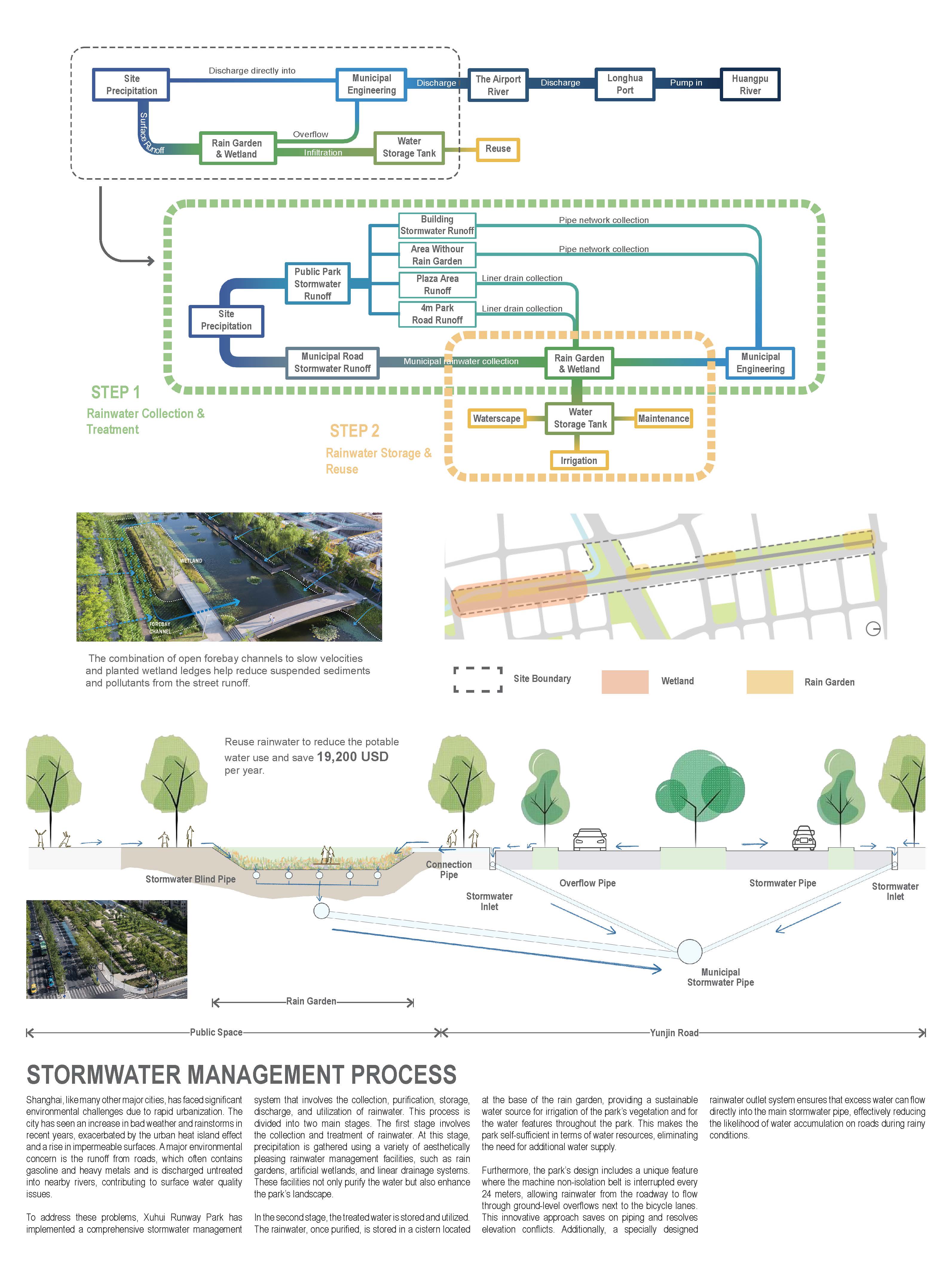


Great Park / Jingyao Wu

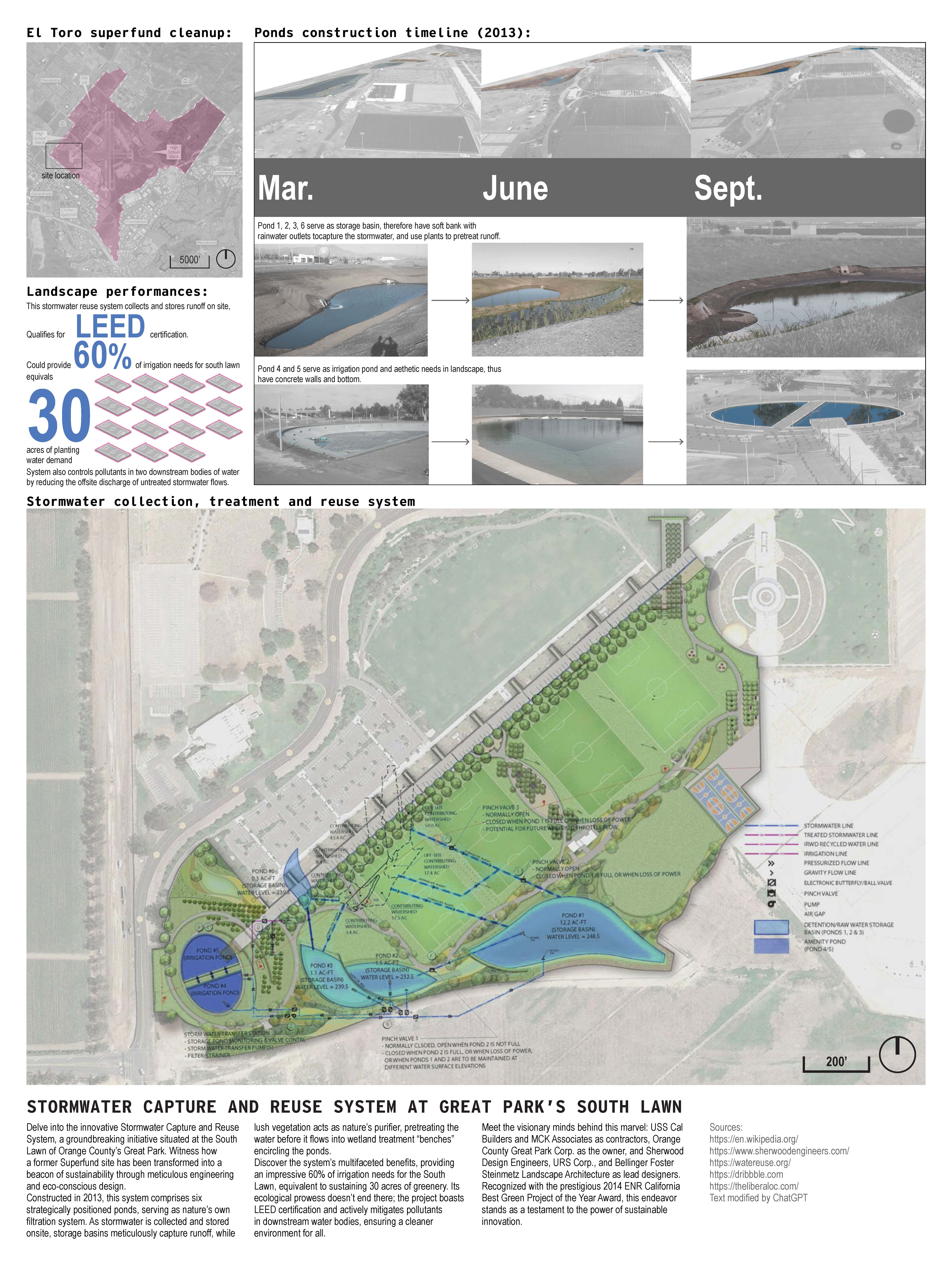
City Museum/ Peiyao Xiao


Ballast Point / Joe Minsky
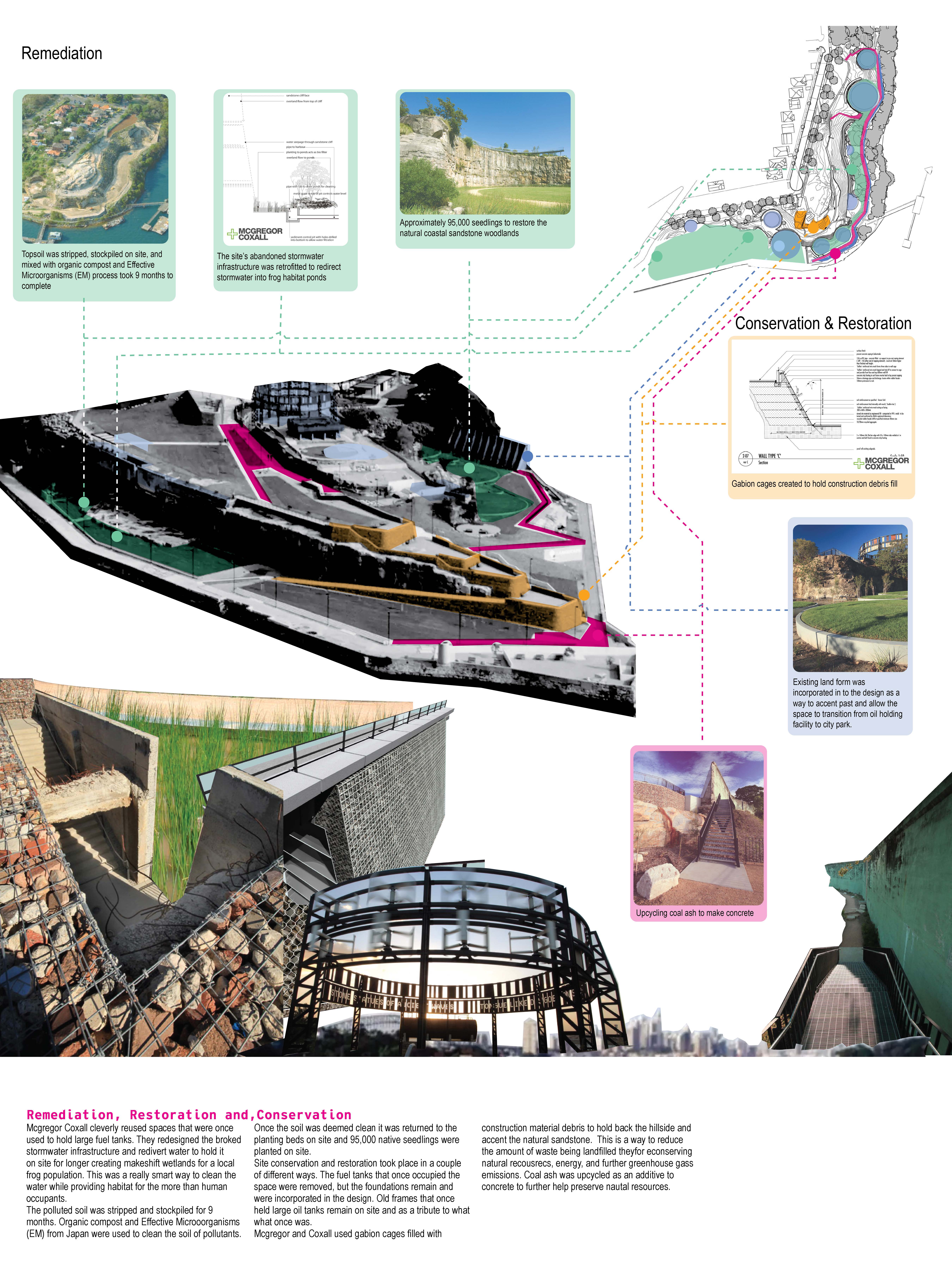
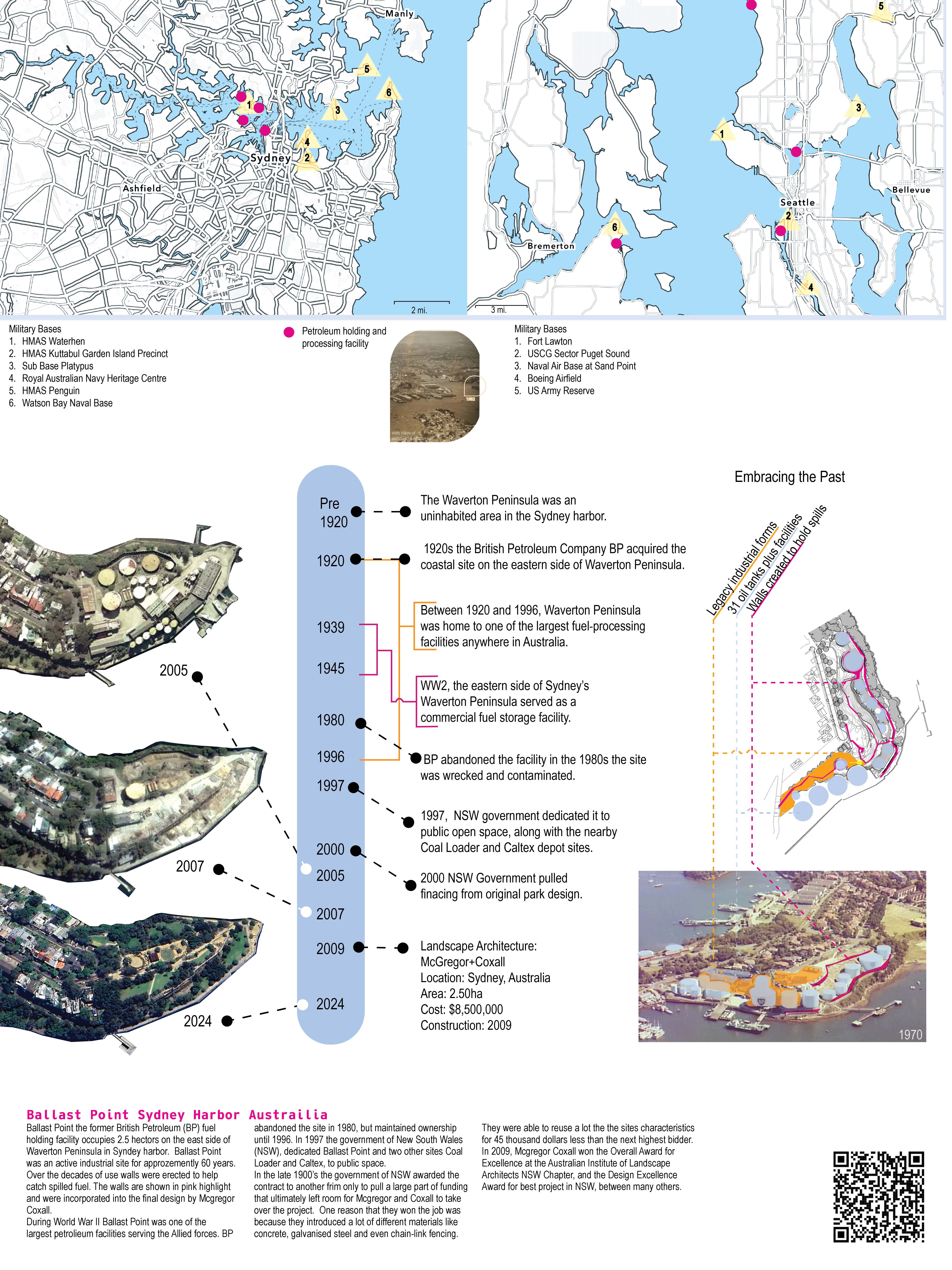
Tempelhoefer Field / Grace Brennan


Westerly Creek / Camille Forest
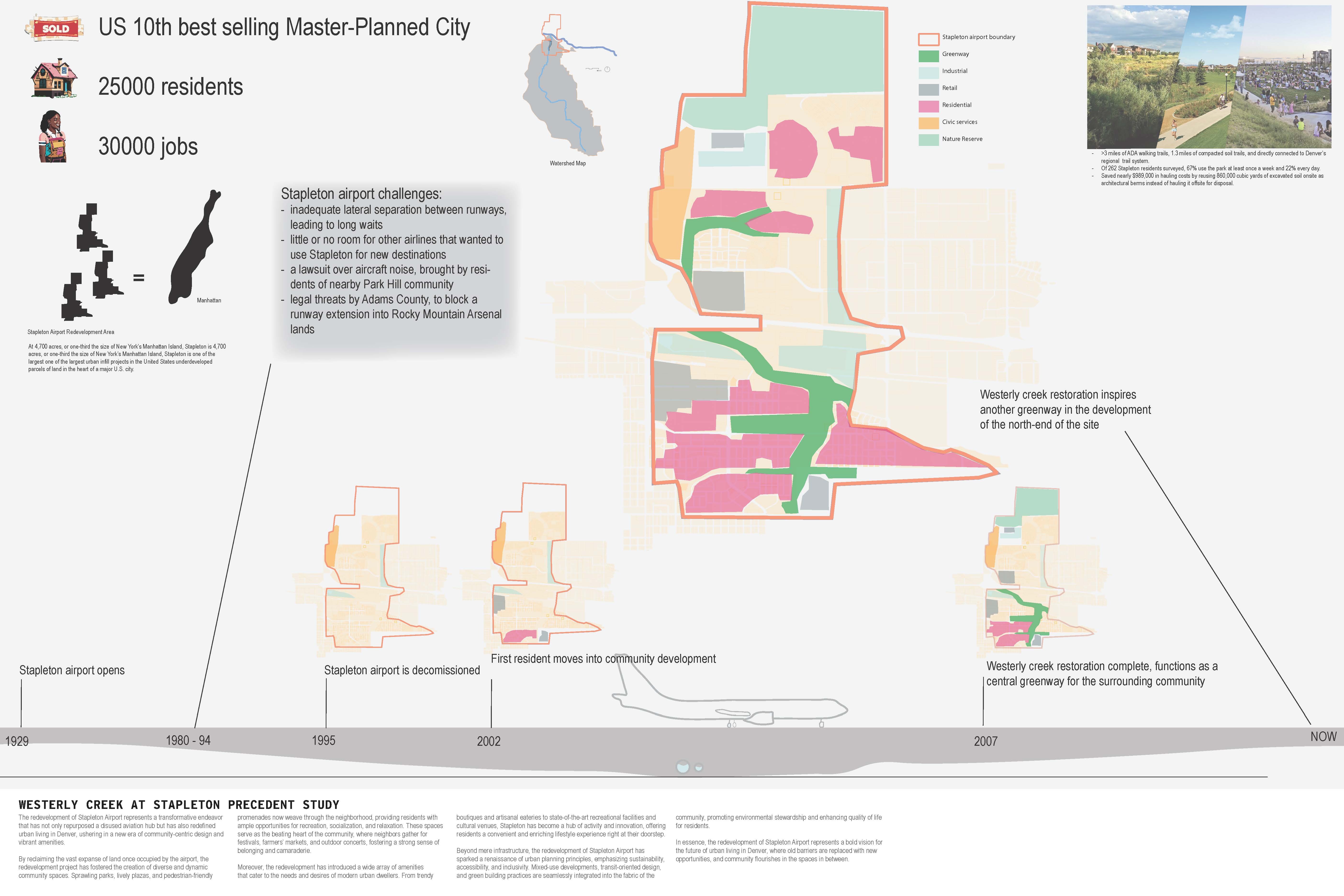
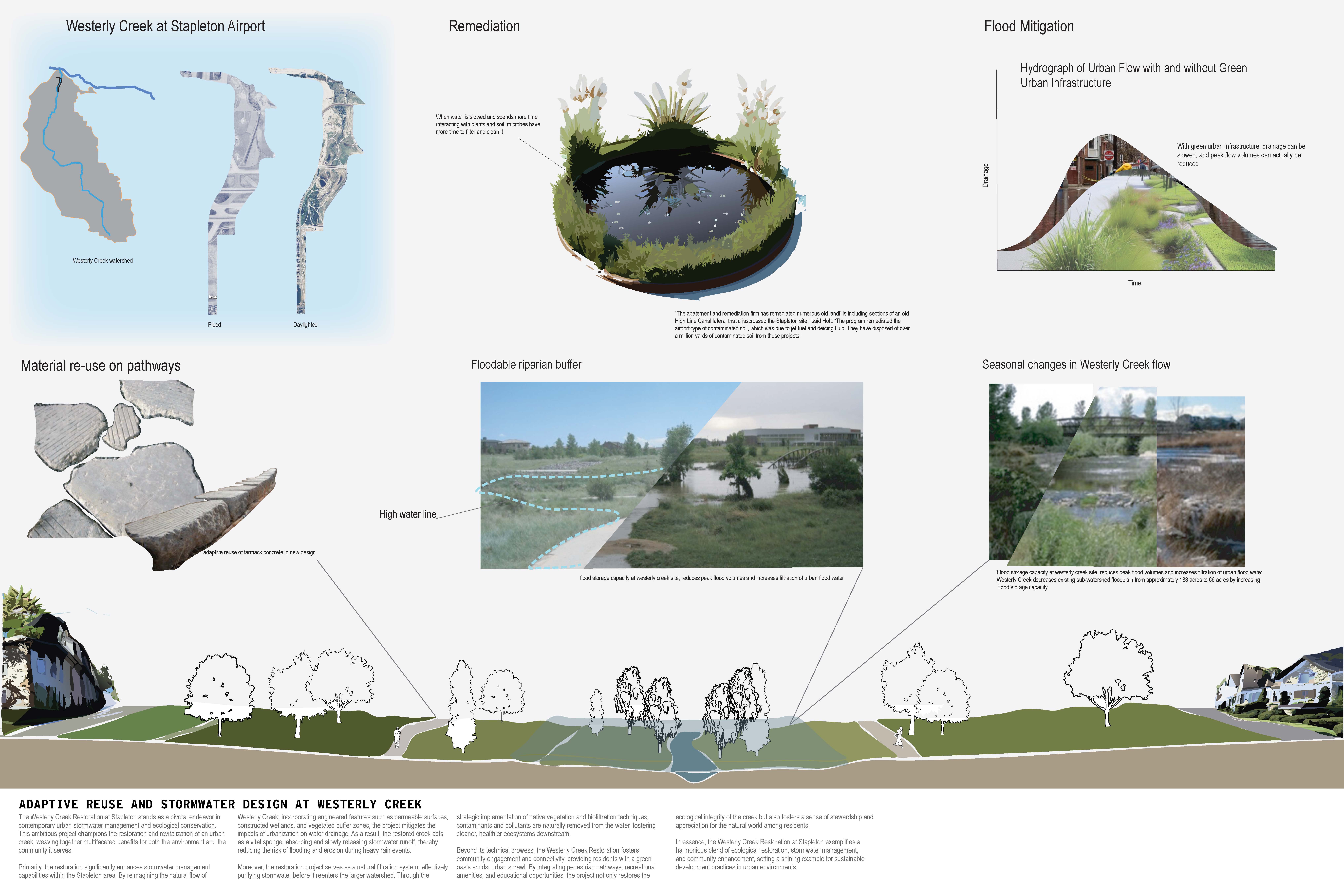
Repurpose Savannah / Chris Copeland
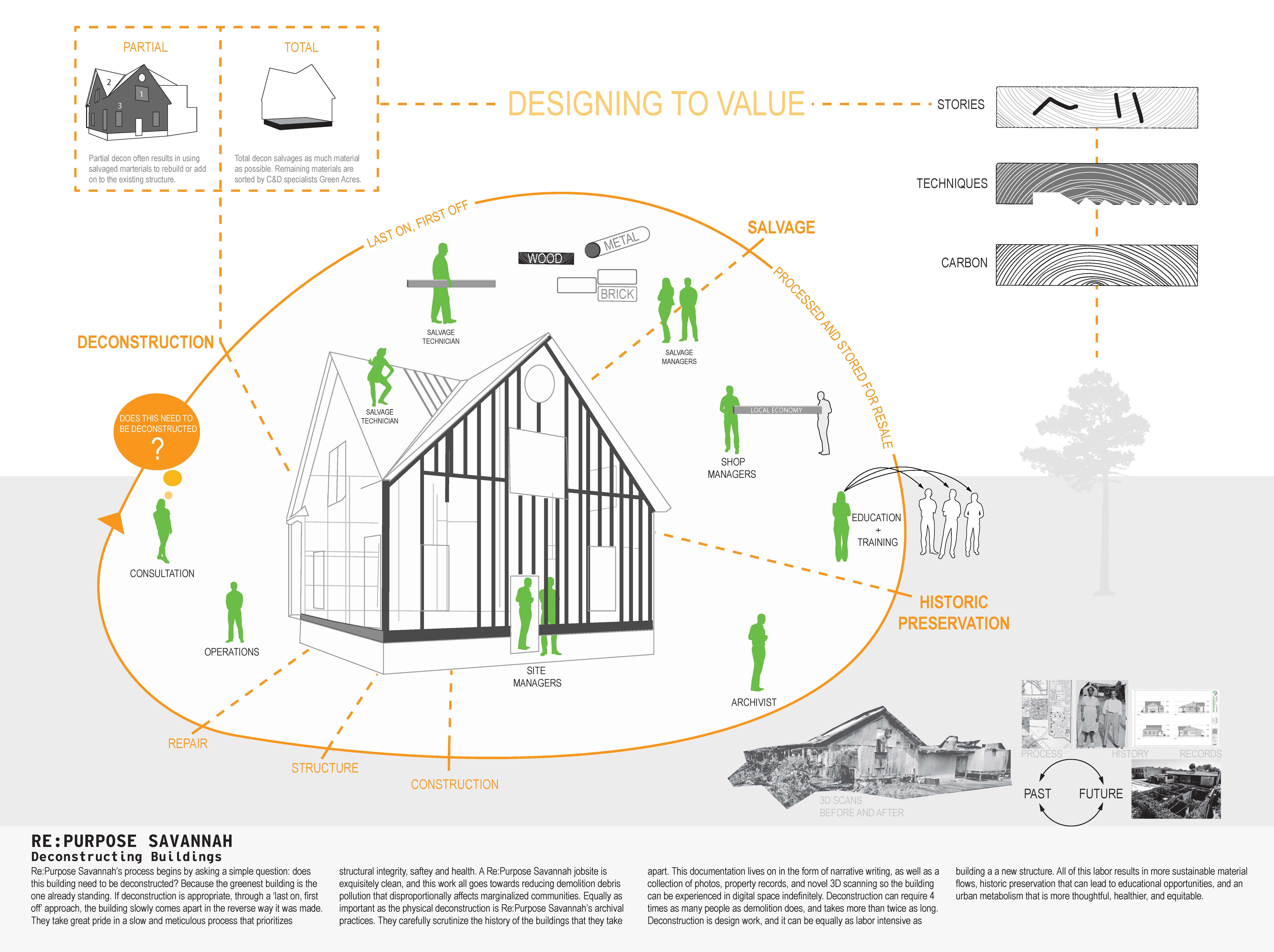
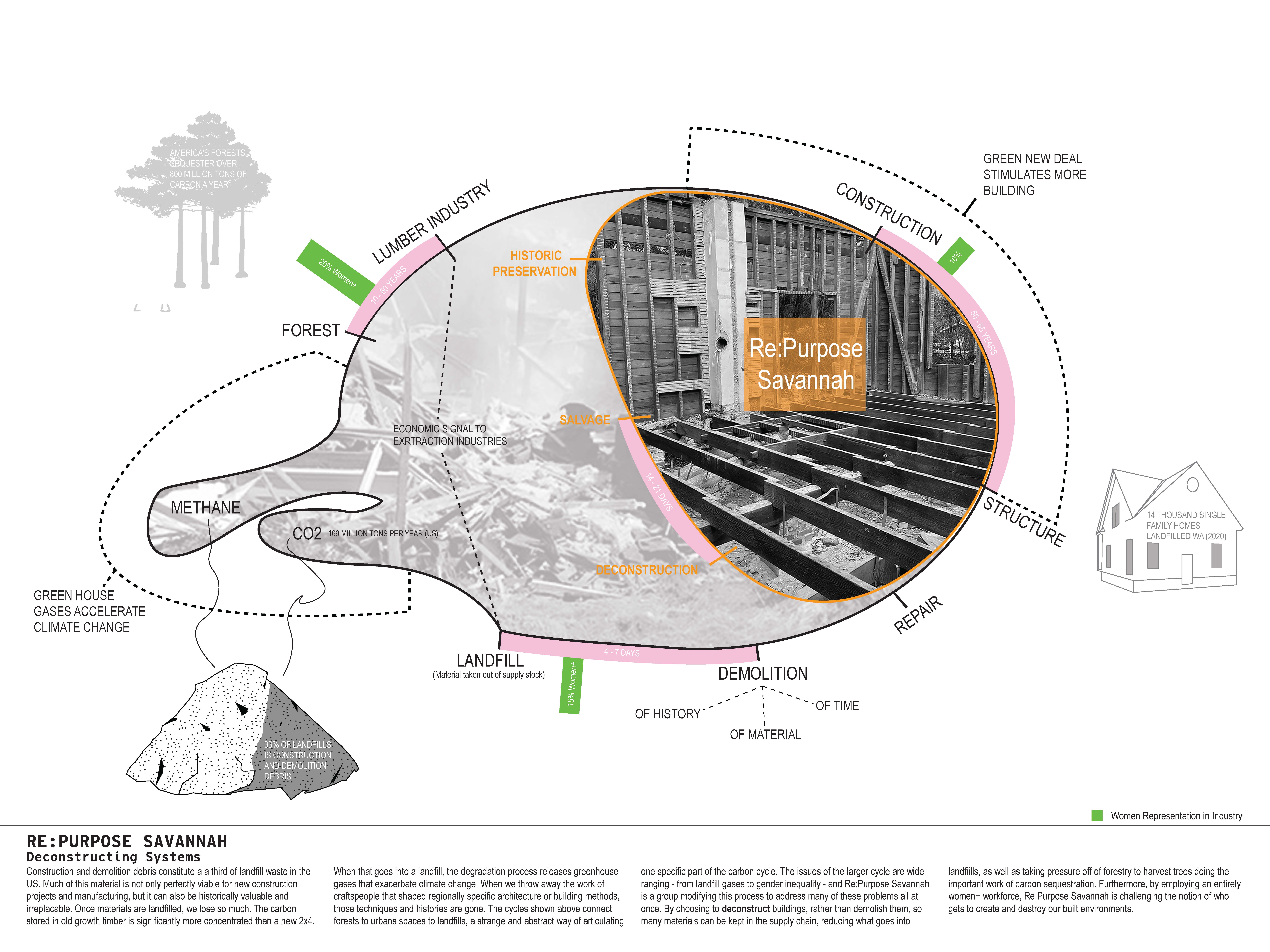
Plant Chicago / Sarah Chu

